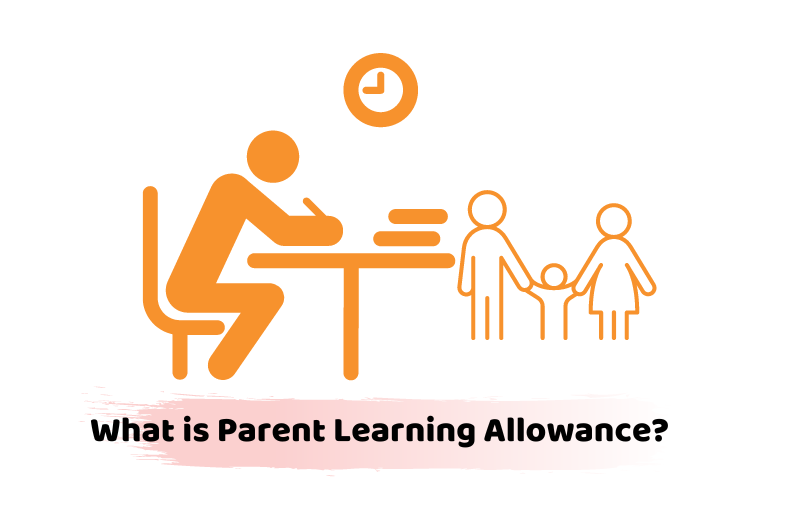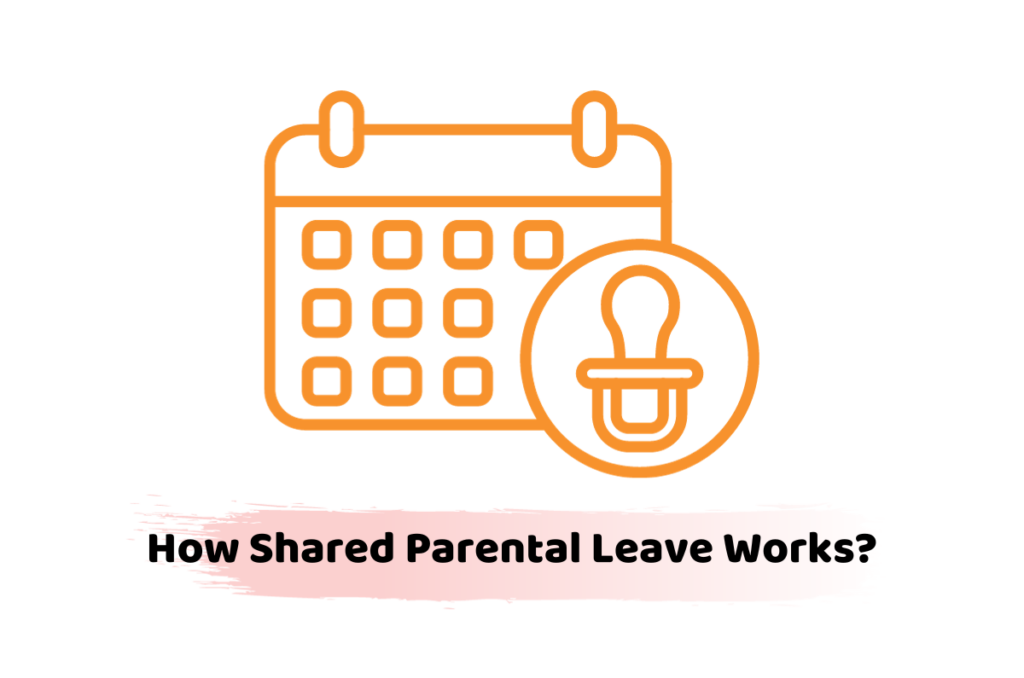Let’s dive into the topic of how shared parental leave works in the UK. It’s an awesome policy in the UK that allows parents to share the responsibility of caring for their child during the first year after birth or adoption. It’s a way to allow both parents to bond with their little one and be actively involved in their upbringing.
The specific rules and eligibility criteria may vary depending on the situation, such as adoption or surrogacy, so it’s always a good idea to check with your employer or refer to official government guidelines for accurate information. It’s a fantastic way to support families and promote equal parenting.
Get in touch with one of our professionals to learn more about how shared parental leave works in the UK. We will love to hear out your queries and provide instant solutions.
How to Define Shared Parental Leave and How Shared Parental Leave Work in the UK?
Shared parental leave is a government initiative that allows eligible parents to share the responsibility of caring for their child during the first year after birth or adoption. To be eligible for shared parental leave, both parents must meet certain criteria, such as being an employee, having worked for a specific period, and sharing responsibility for the child’s care. Once eligible, parents can choose to take the leave in a continuous block or separate periods, as long as they give their employers the required notice.
This means that parents can take turns to be at home with their children, allowing for a more balanced and equal approach to parenting. During shared parental leave, parents may be entitled to receive statutory shared parental pay or enhanced pay if their employer offers it. It’s important to note that shared parental leave provides flexibility and options for parents, empowering them to make choices that best suit their family’s needs.
Who is Eligible to Qualify for Shared Parental Leave and What You will Get?
The criteria to be eligible include being an employee, having worked for a specific period, and sharing responsibility for the child’s care.
How to Apply for Shared Parental Leave if You are Eligible?
Here’s a detailed procedure on how to apply for it. Firstly, you and your partner should discuss and agree on how you want to divide the leave between you. Your employer will then review your application and respond within a specific timeframe.
What are the Pros and Pros and Cons of the Shared Parental Leave?
Shared parental leave provides flexibility, allowing parents to choose how they divide their time off work. On the other hand, one of the cons is that not all employers offer enhanced pay during shared parental leave, which can impact the family’s finances.
Additionally, taking time off work may affect career progression or opportunities for both parents. Overall, shared parental leave offers a valuable option for parents to share the responsibilities of childcare, but it’s essential to weigh the pros and cons based on your specific circumstances.
When is Shared Parental Leave Required?
Shared parental leave becomes necessary when parents want to share the responsibility of caring for their child during the first year after birth or adoption. It provides an alternative to the traditional maternity leave, allowing both parents to take time off work and be actively involved in their child’s upbringing.
While it’s not mandatory for parents to take shared parental leave, it offers a flexible option for those who want to balance their work and family commitments. The decision to take shared parental leave is entirely up to the parents and depends on their individual circumstances and preferences.
What are the Qualifying Conditions to Get the Statutory Shared Parental Pay in the UK?
To be eligible for statutory shared parental pay, you and your partner must meet certain criteria. Firstly, one of you must be eligible for statutory maternity pay, statutory adoption pay, or statutory paternity pay. Secondly, you must both be employed or have been self-employed and paid sufficient National Insurance contributions.
Additionally, you need to give the correct notice to your employer, provide the necessary evidence, and meet the minimum earnings requirement. It’s important to note that the specific requirements may vary, so consult official government guidelines or speak to your employer for accurate information tailored to your situation.
What is the Difference between Maternity Allowance and Shared Parental Leave?
Maternity allowance is a financial benefit provided to eligible pregnant women who are not entitled to statutory maternity pay. It helps support them during their maternity leave. Maternity allowance is paid for a maximum of 39 weeks and the amount you receive depends on your average weekly earnings. On the other hand, shared parental leave is a policy that allows eligible parents to share the responsibility of caring for their child during the first year after birth or adoption.
It allows both parents to take time off work and be actively involved in their child’s upbringing. Unlike maternity allowance, shared parental leave is not a financial benefit, but rather a way to distribute the time off between both parents. It provides flexibility and promotes equal parenting.
What will Happen to the Shared Parental Leave in the Case of Adopters?
The leave can be taken by one adoptive parent or split between both parents, depending on their preference. It’s important to note that eligibility criteria and specific rules may apply, so consult with your employer or refer to official government guidelines for accurate and up-to-date information regarding shared parental leave for adopters.
What will Happen to the Shared Parental Leave in the Case of Surrogacy?
In the case of surrogacy, shared parental leave in the UK is available to intended parents who have a child through a surrogacy arrangement. The intended parents can be eligible for shared parental leave if they meet certain criteria, such as obtaining a parental order or adoption order.
It’s important to note that the eligibility and specific rules surrounding shared parental leave for surrogacy may vary, so it’s best to consult with your employer or refer to official government guidelines for accurate and up-to-date information.
The Bottom Line
To wrap up our discussion on how shared parental leave works in the UK, we can say that shared parental leave is a flexible option available in the UK, While it’s not mandatory, shared parental leave offers a great opportunity for parents to balance their work and family commitments. Remember, the decision to take shared parental leave is entirely up to the parents and depends on their circumstances and preferences.
Call or request a callback to speak to one of our professionals to discuss your queries about how shared parental leave works. We are available from 9:00 am – 05:30 pm Monday to Friday.
Disclaimer: All the information provided in this article on how shared parental leave works in the UK, including all the texts and graphics, is general in nature. It does not intend to disregard any of the professional advice.





















































